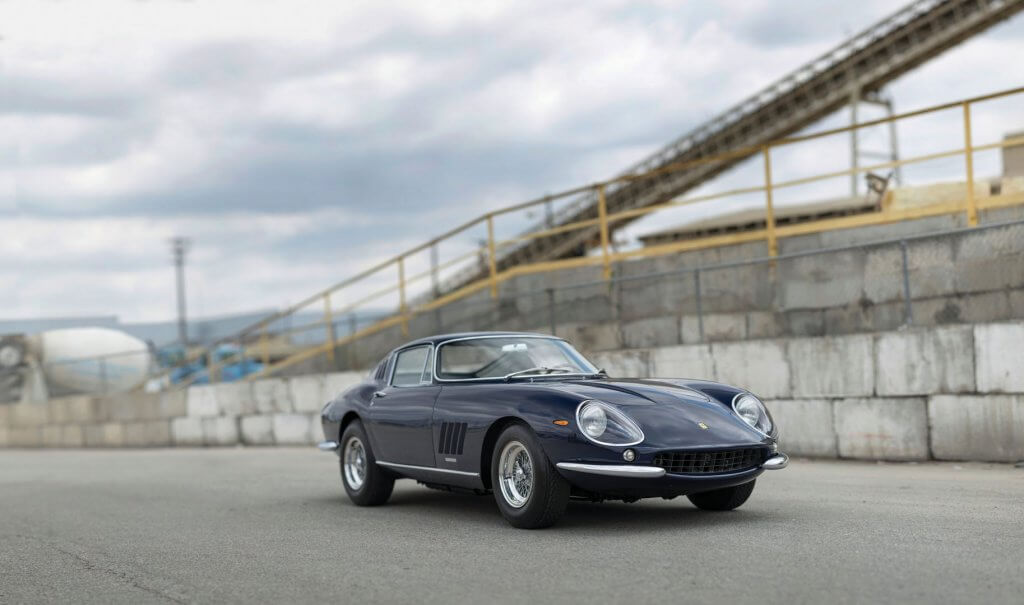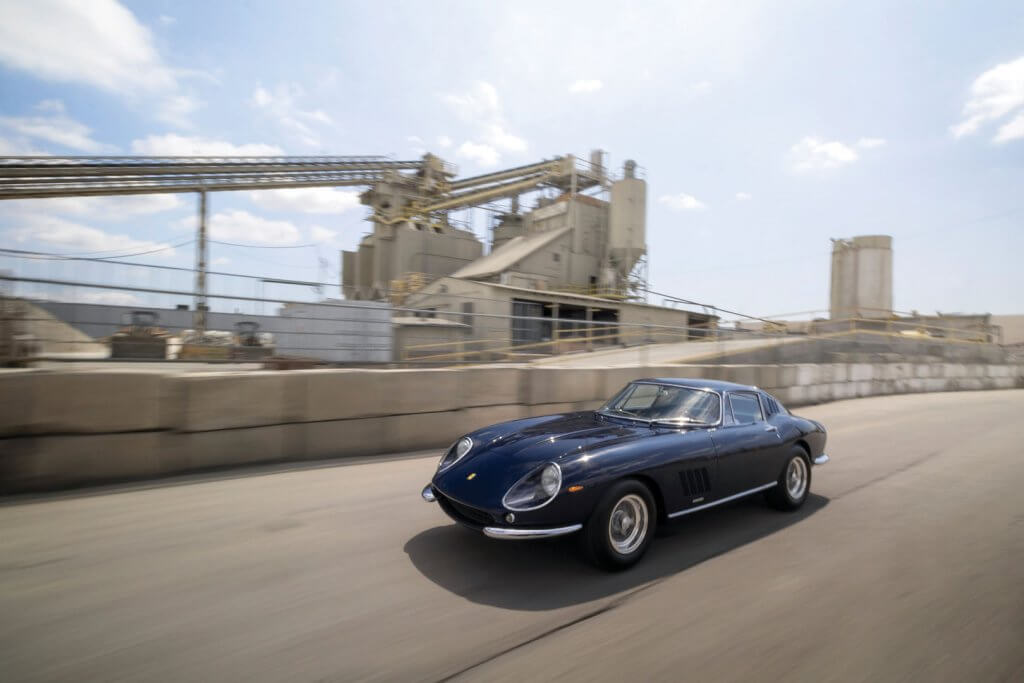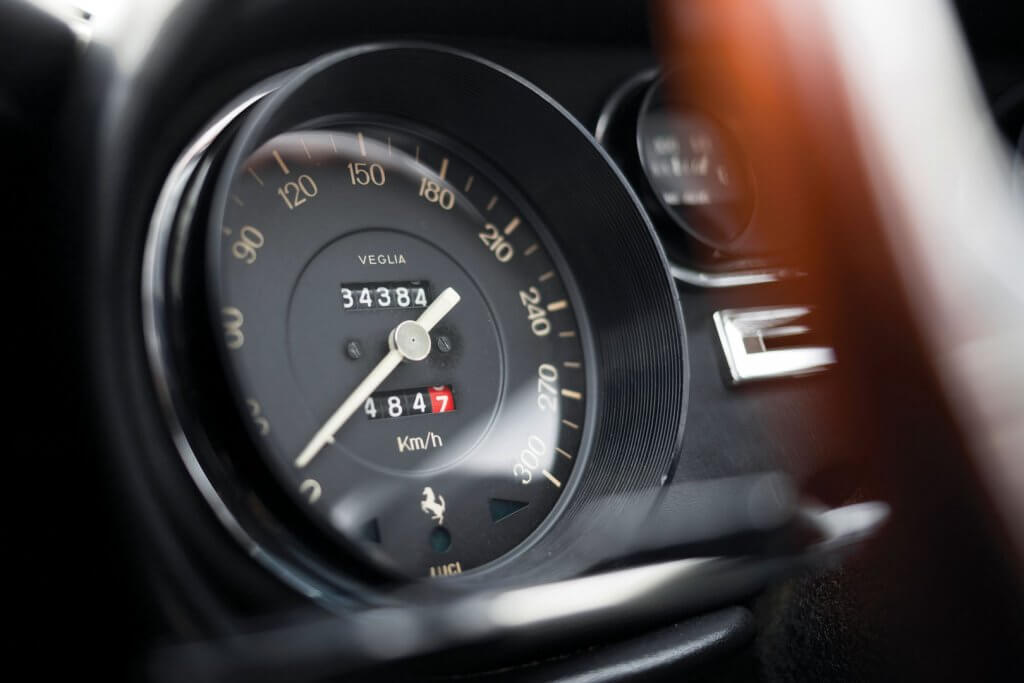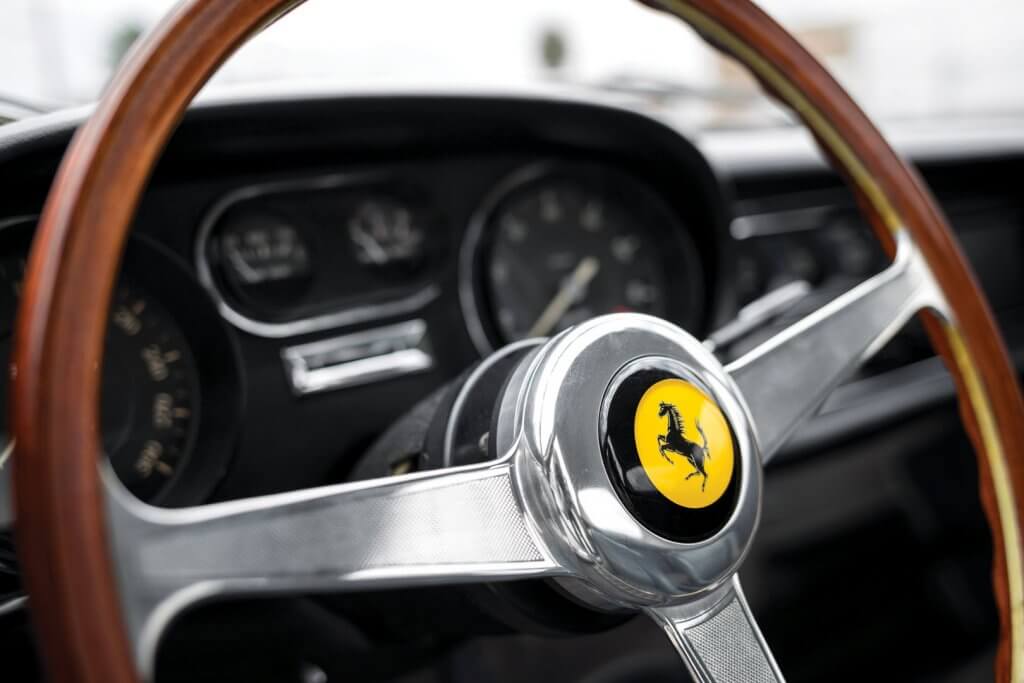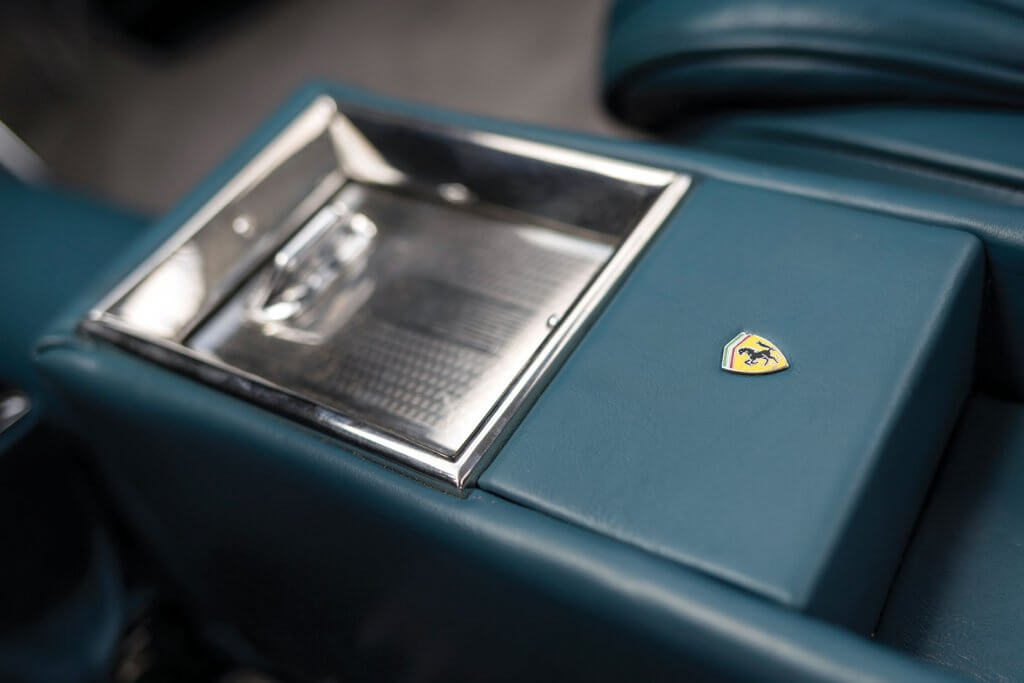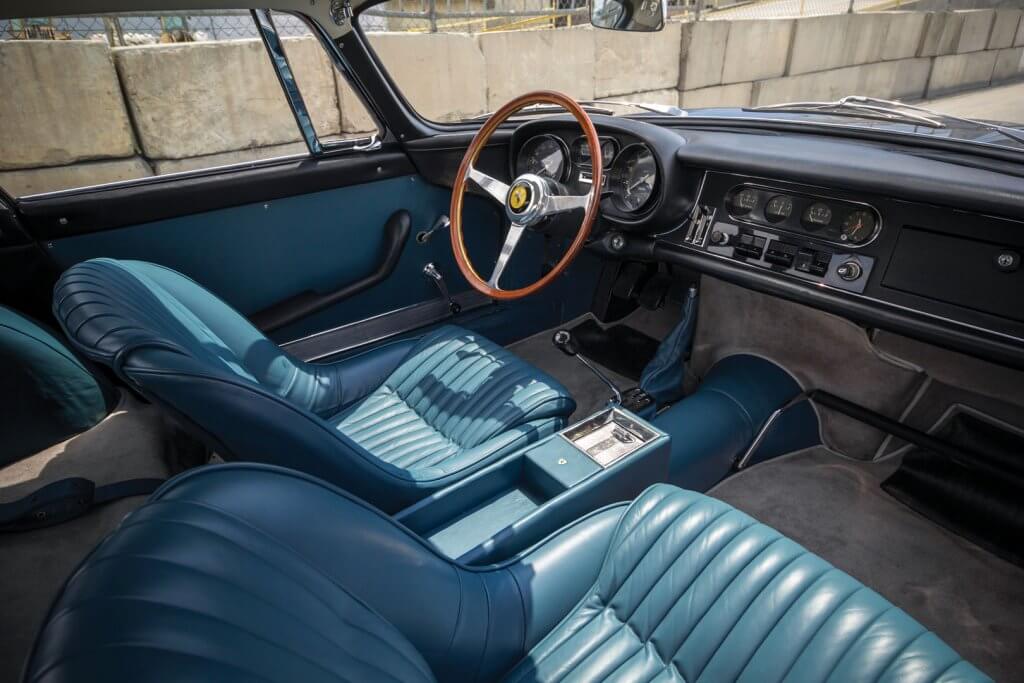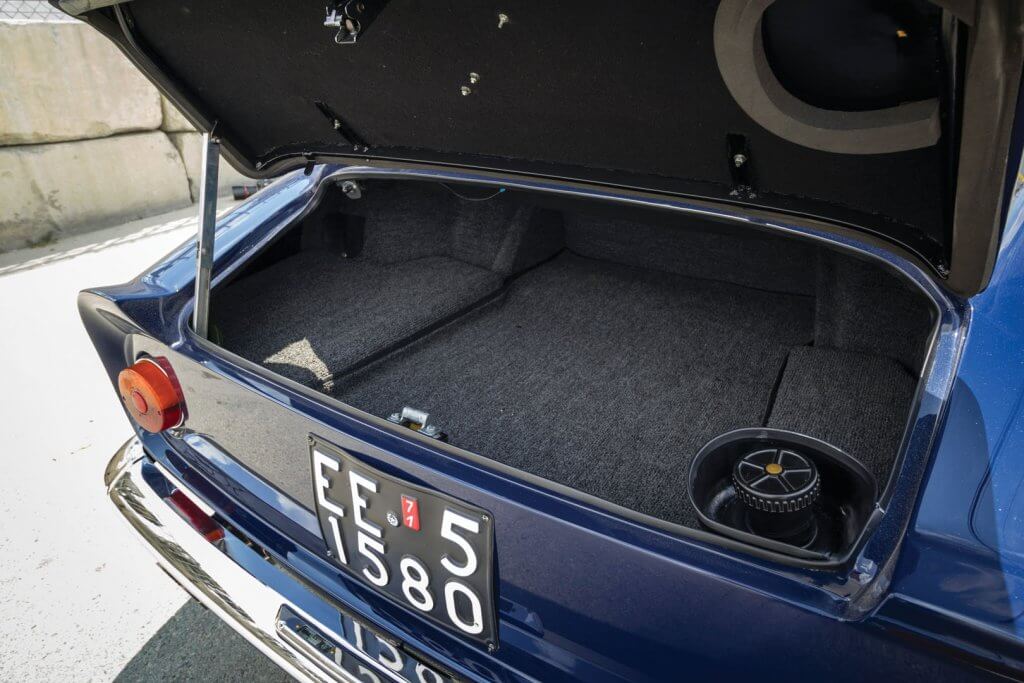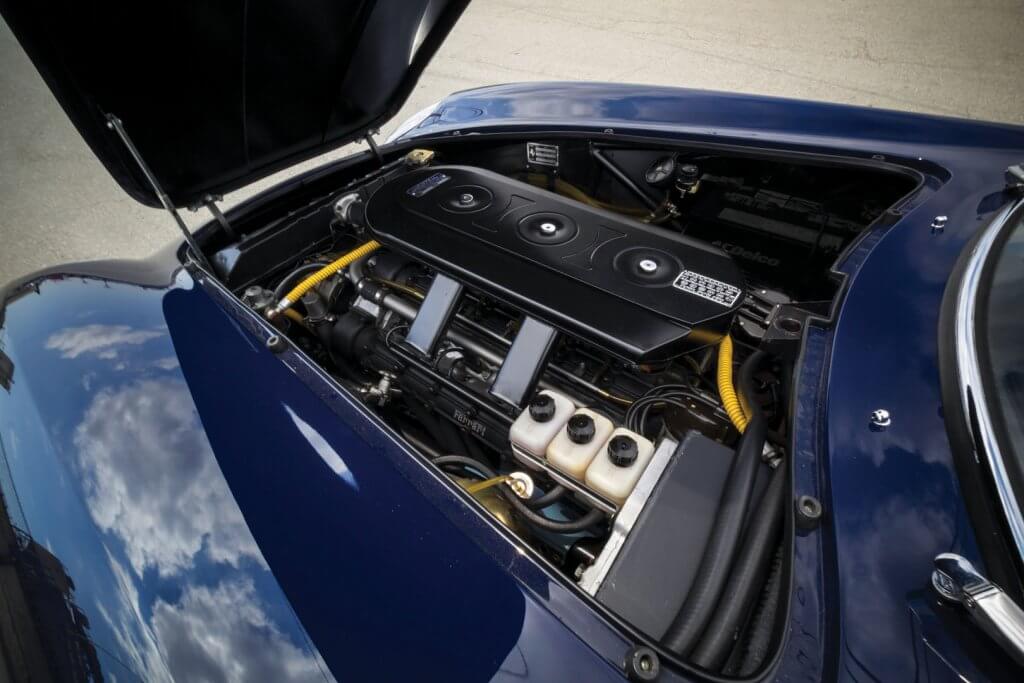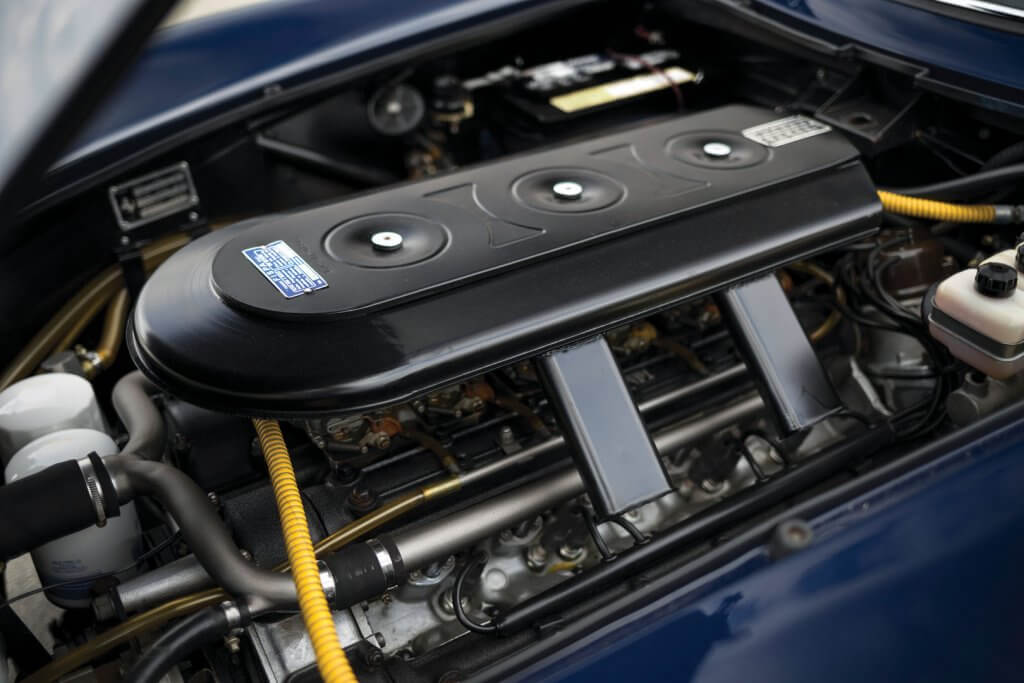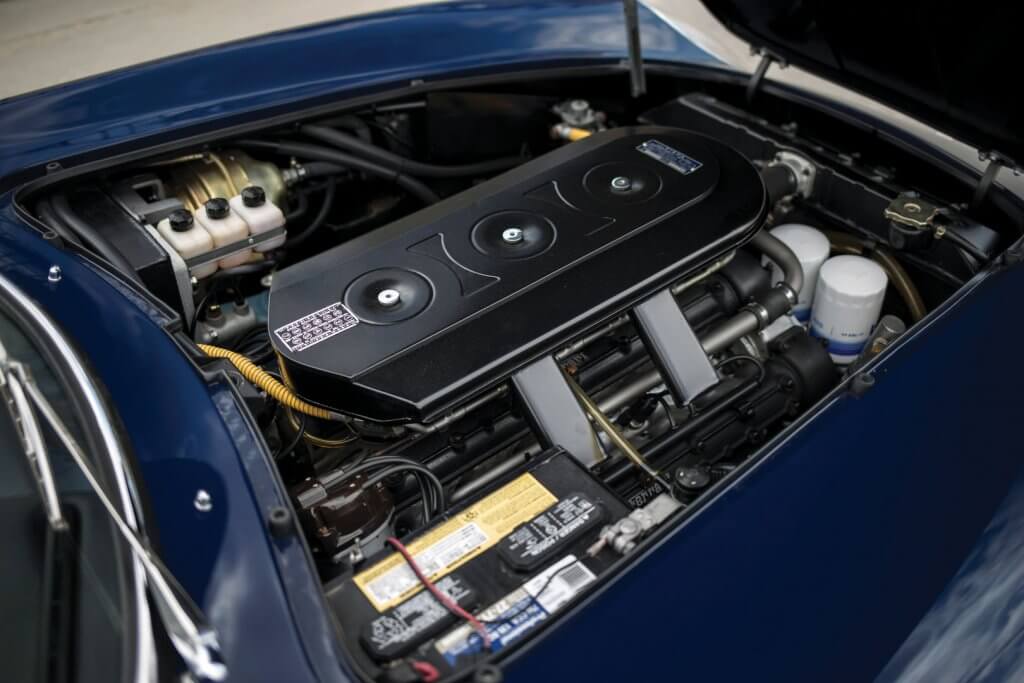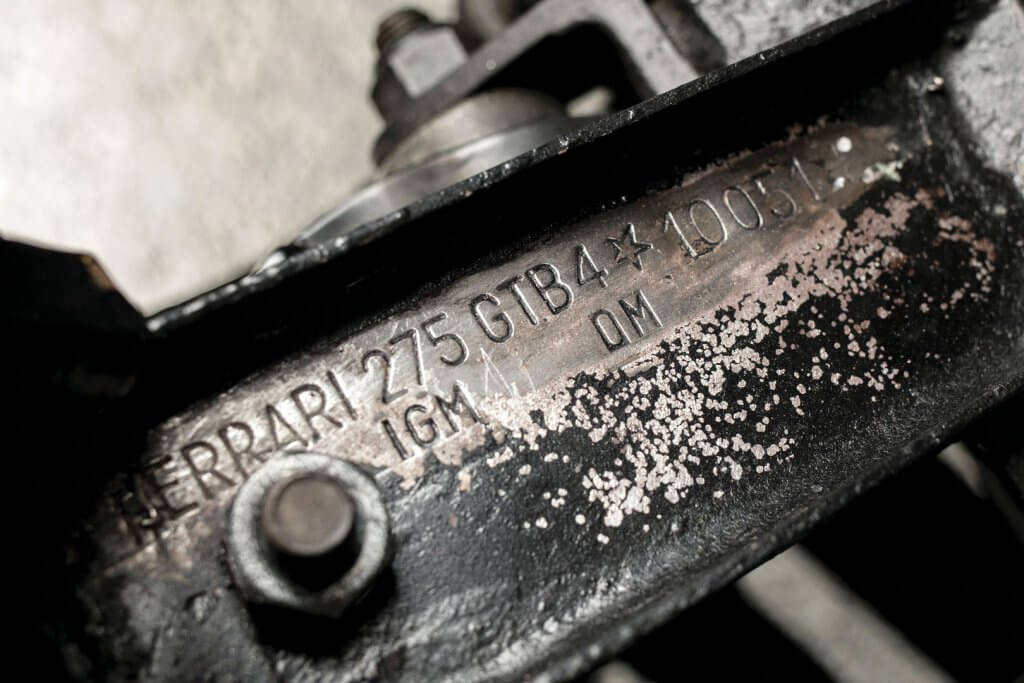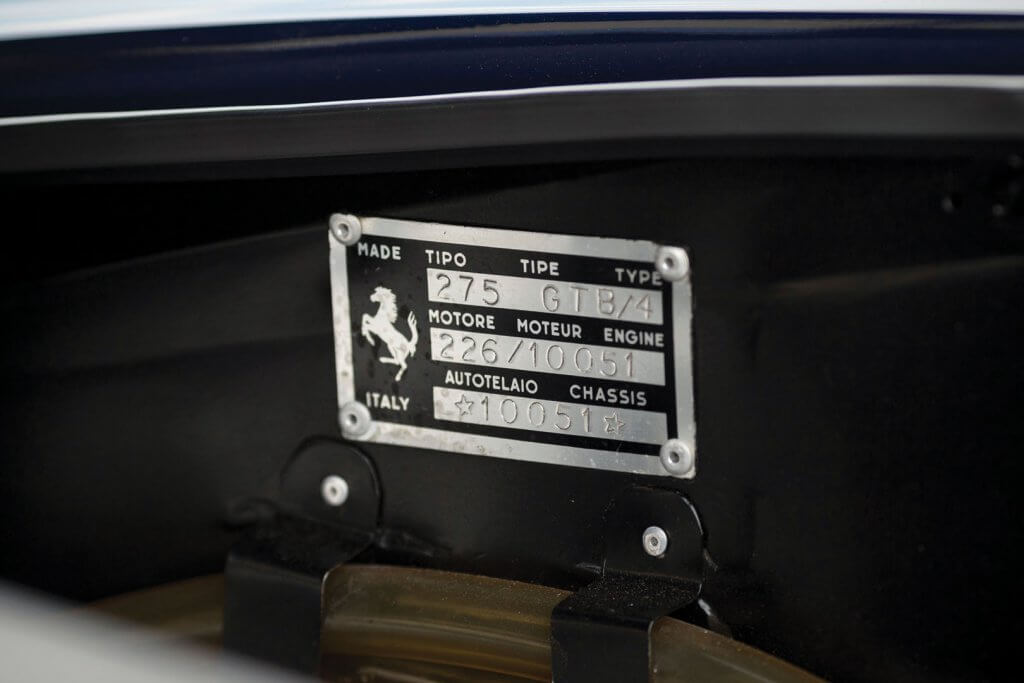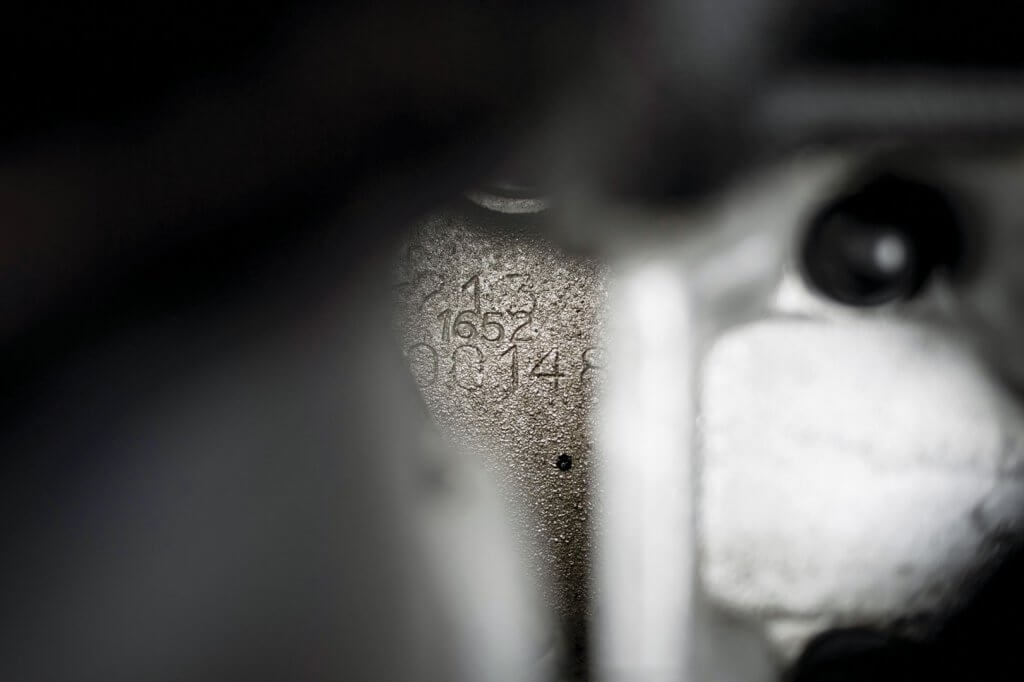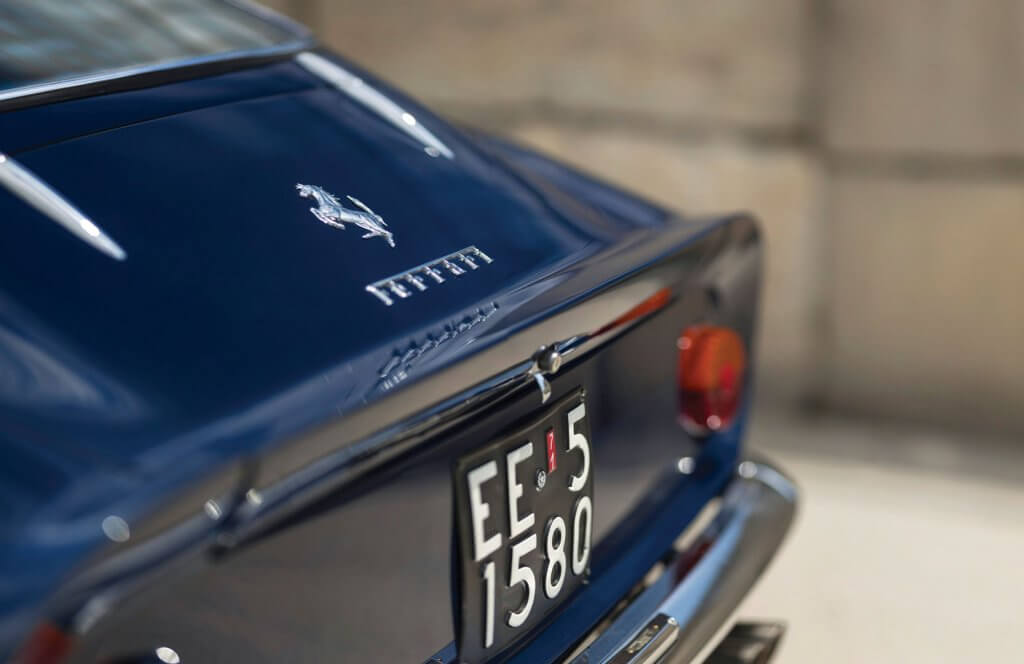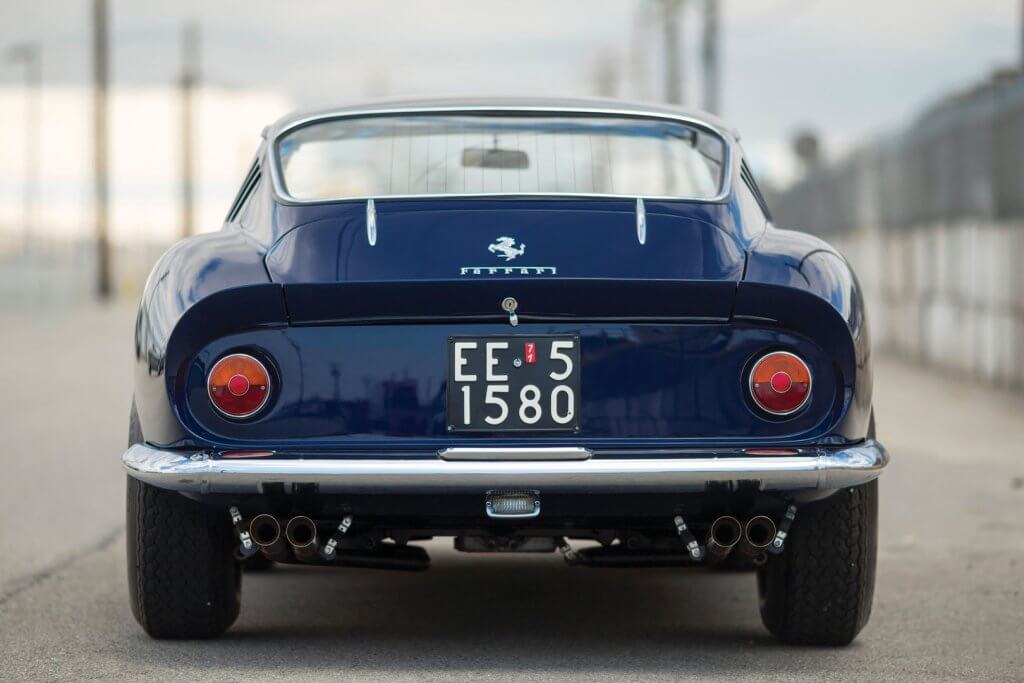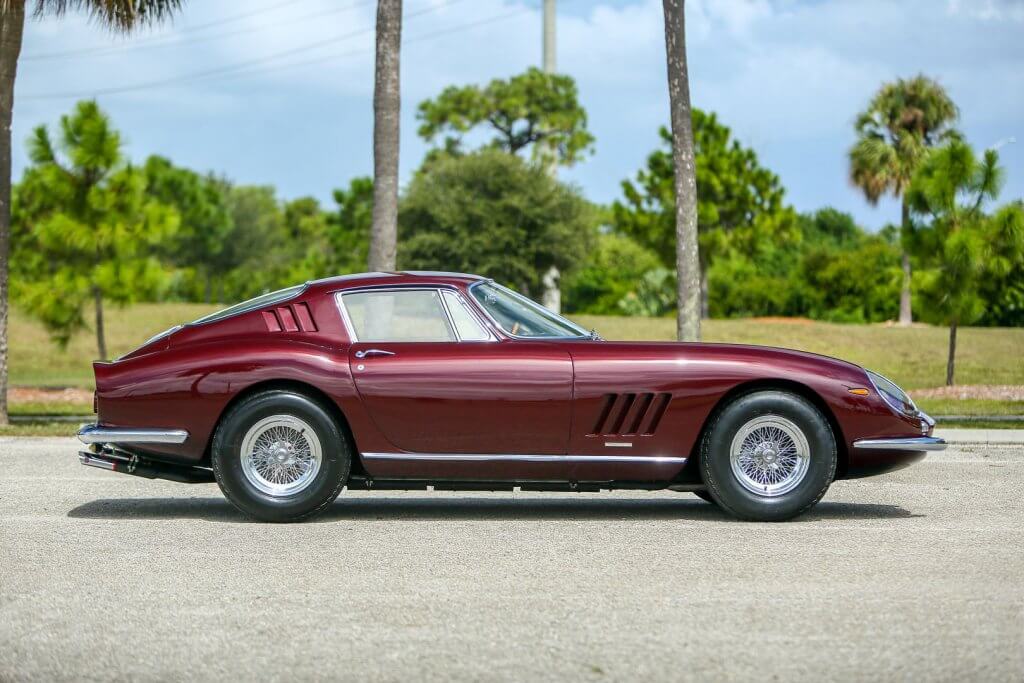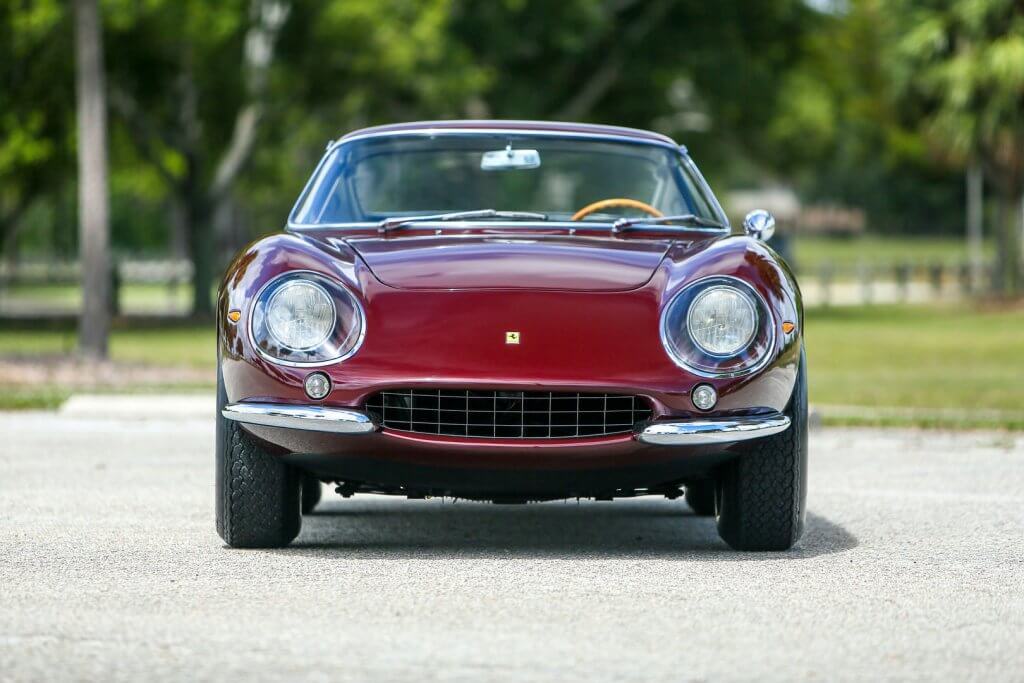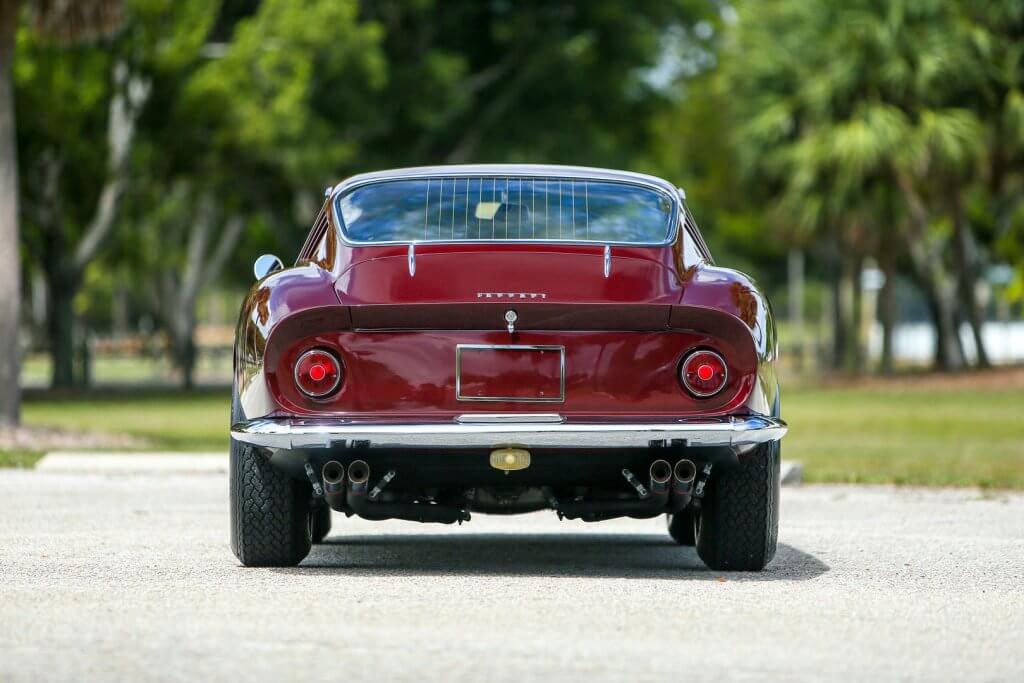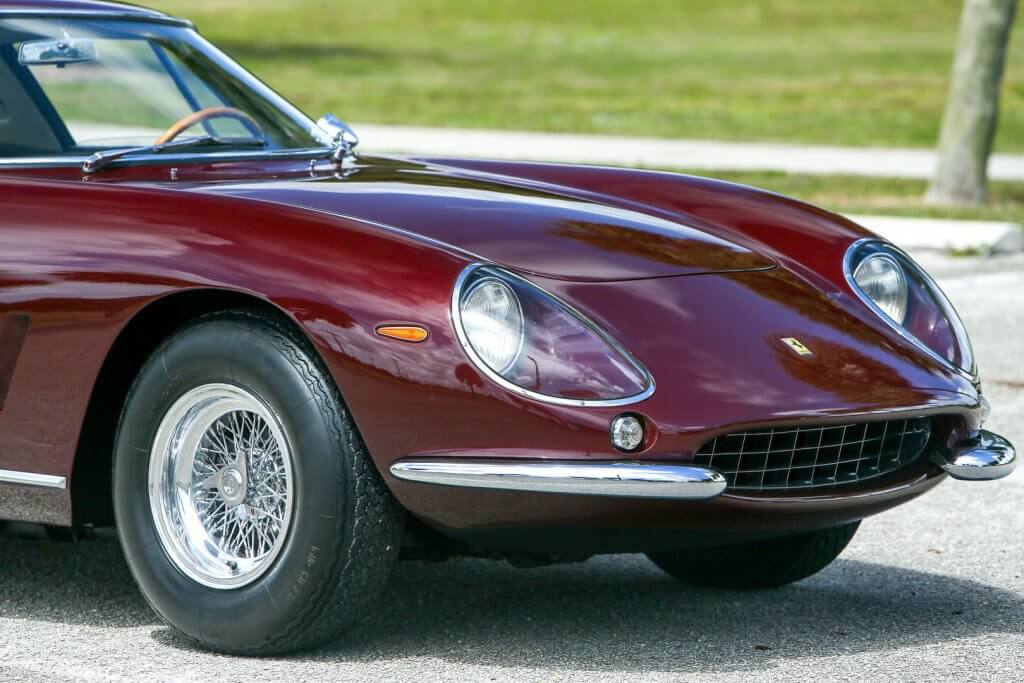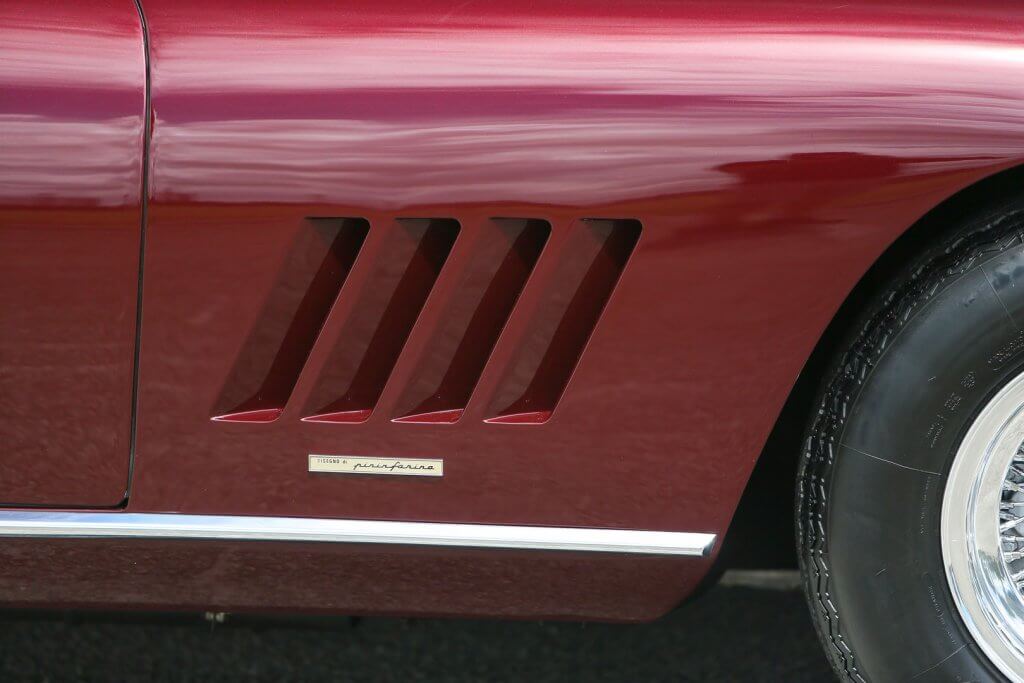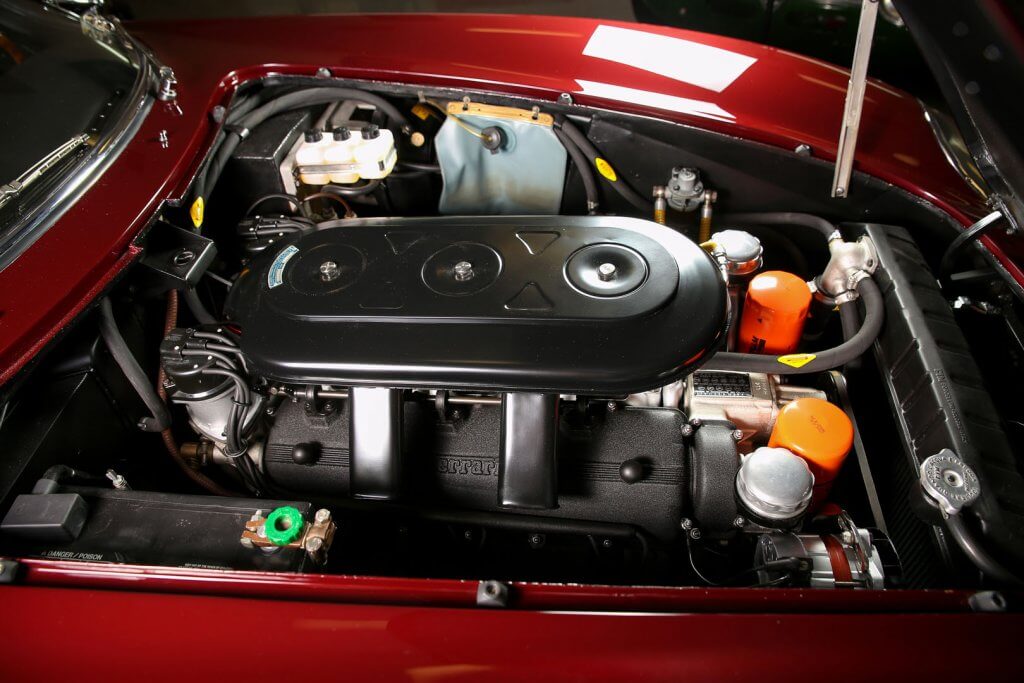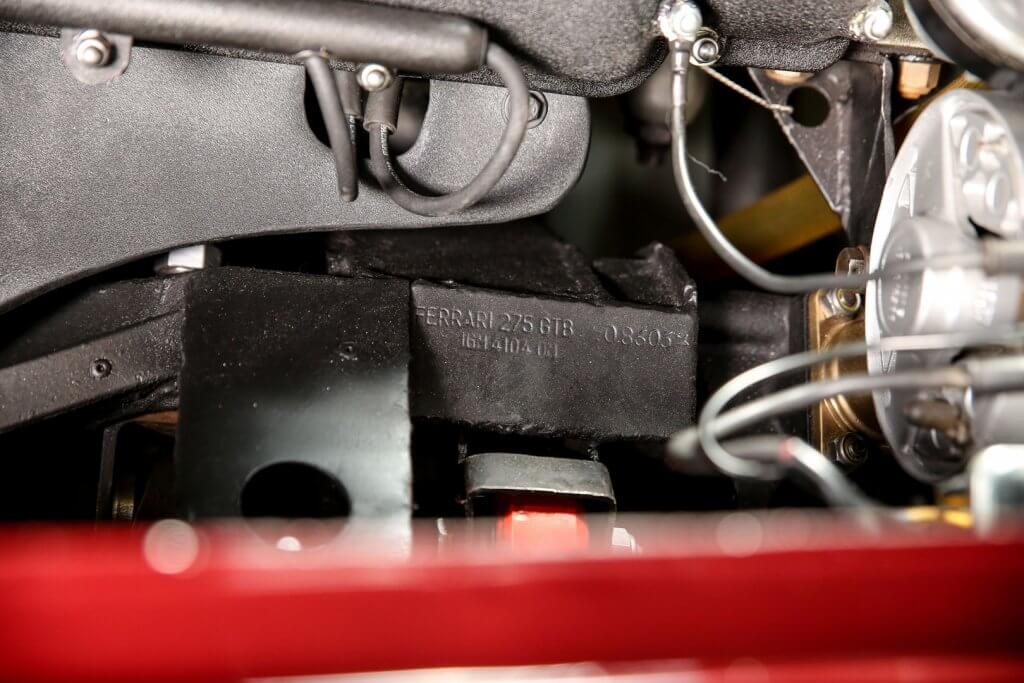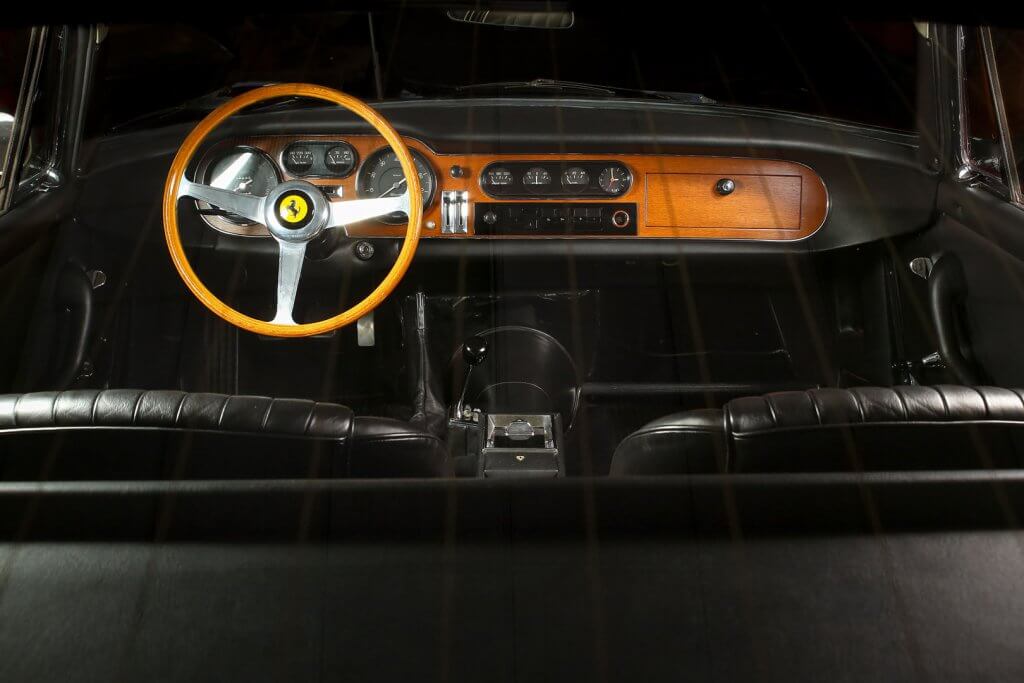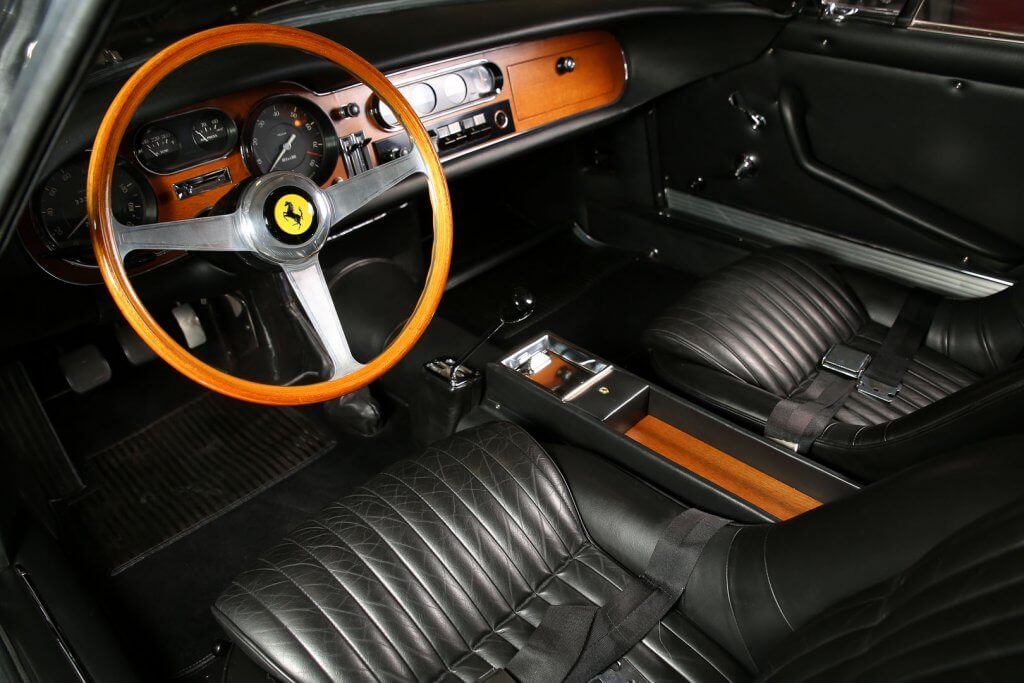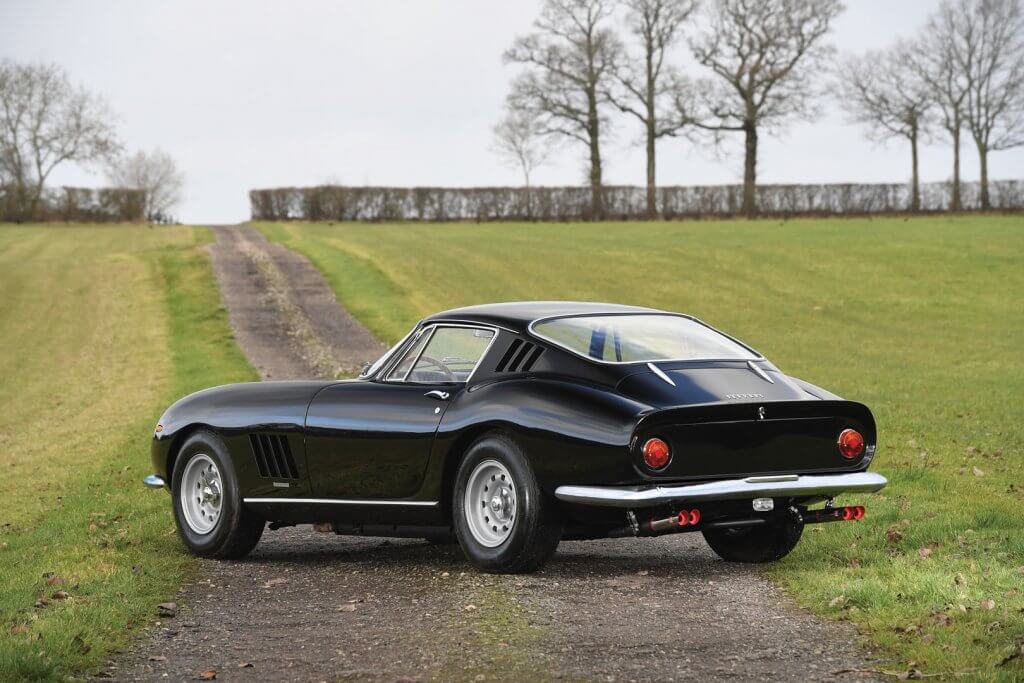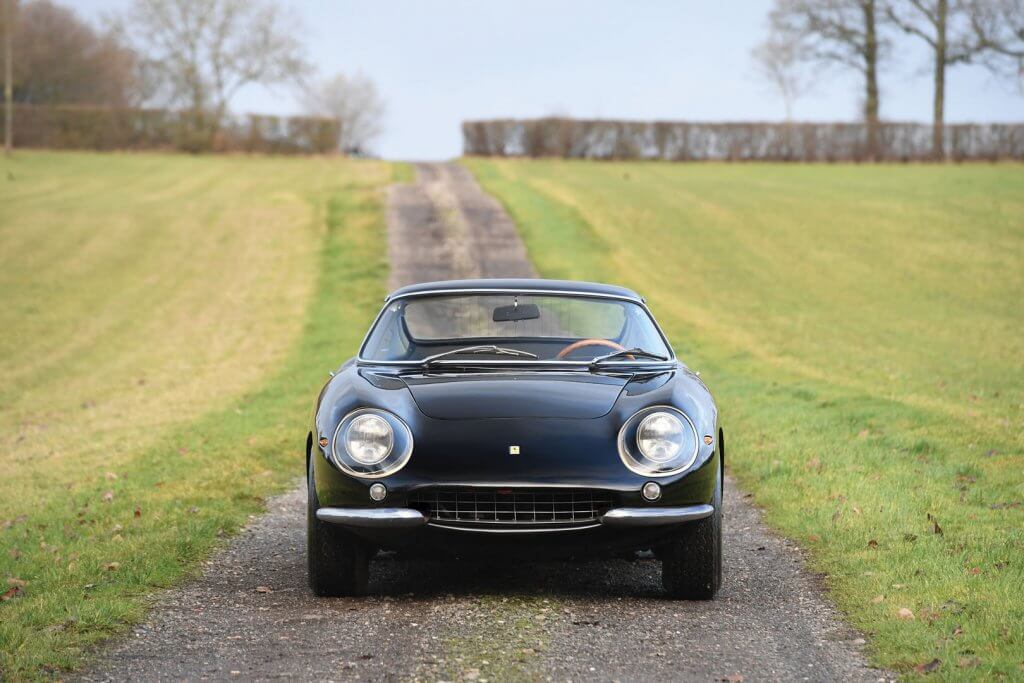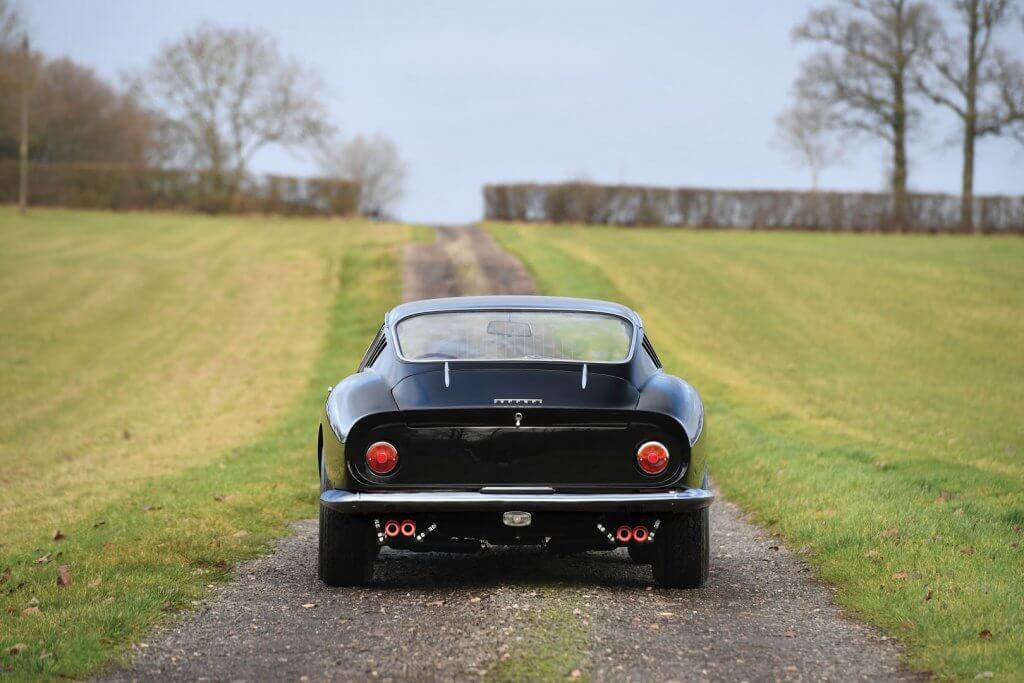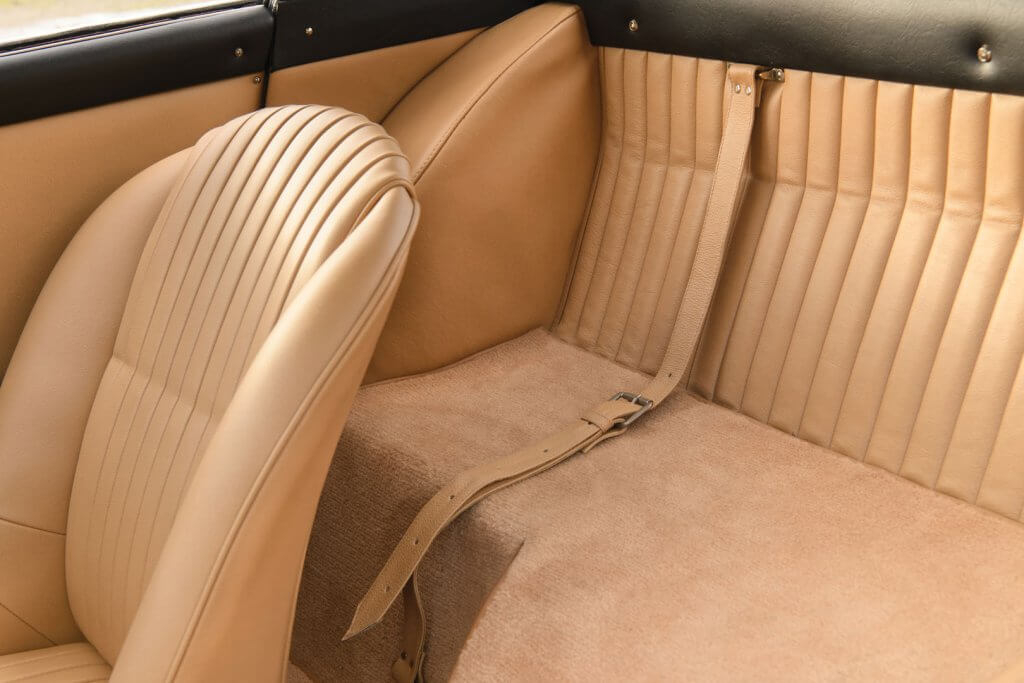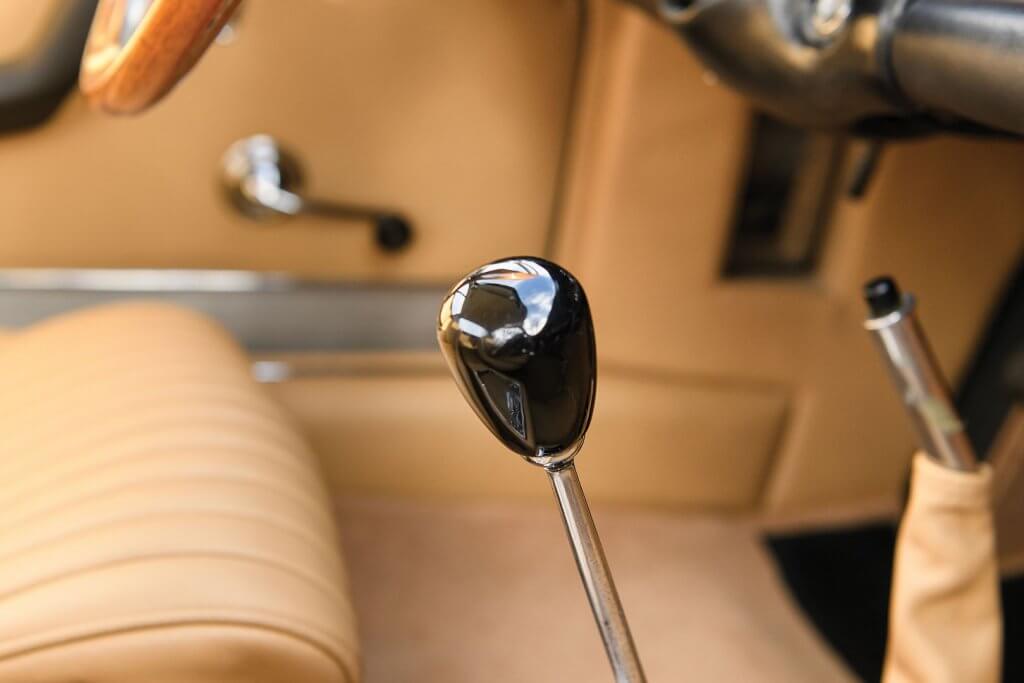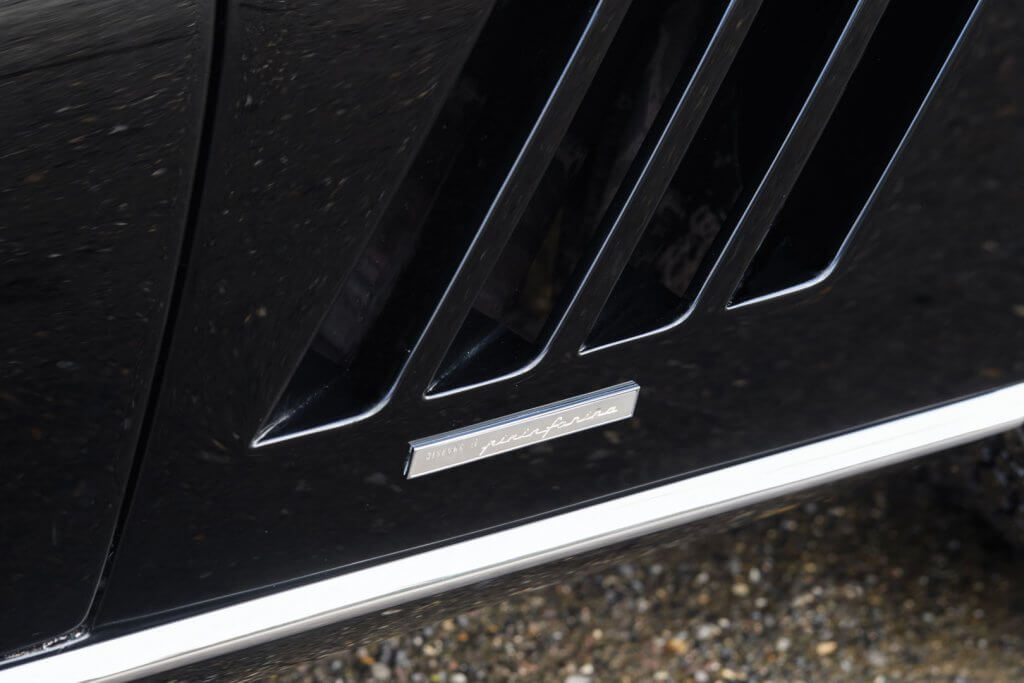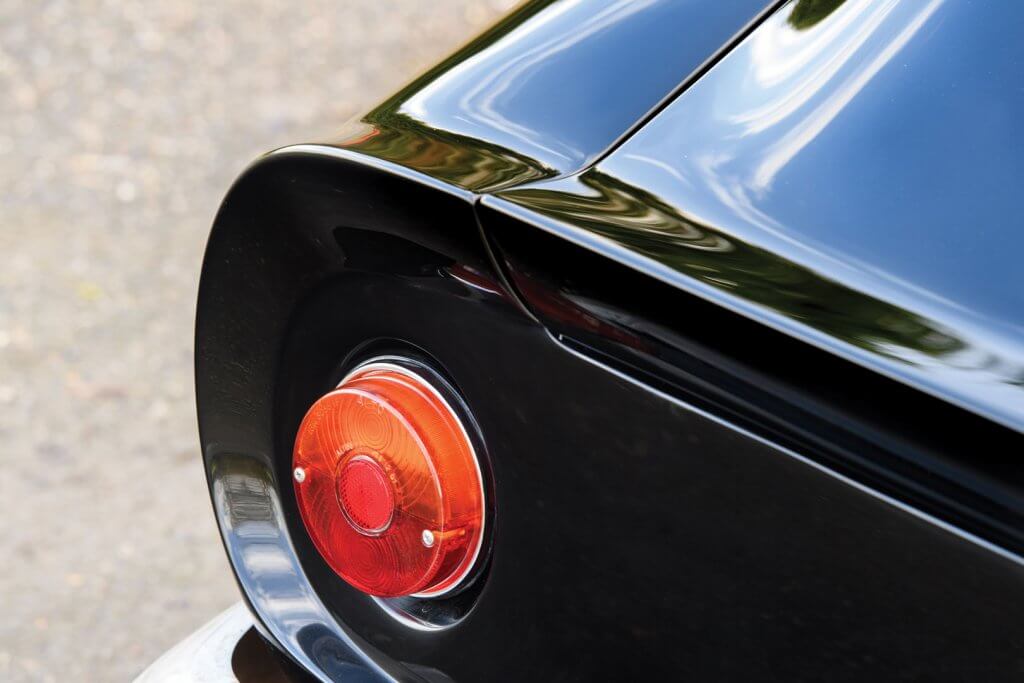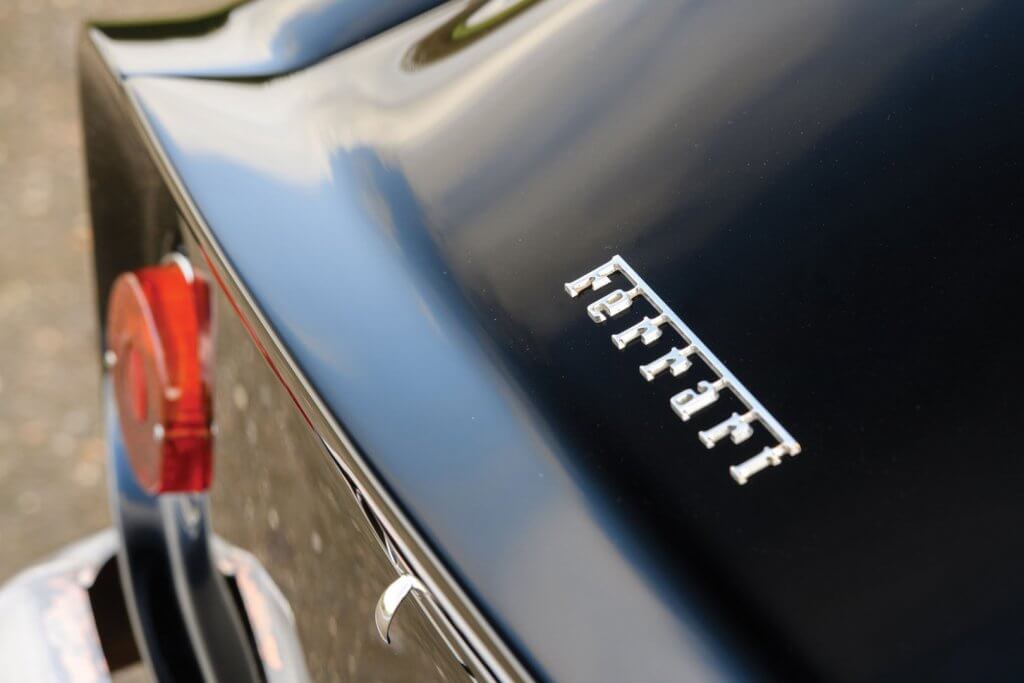This is without a doubt my favorite Ferrari model. It has the classic front-engine, rear-drive proportions, a powerful, sonorous engine, and its shape simply screams “the Sixties”. The later Daytona started another era and ended the period of romanticism at Ferrari. The 275 series was launched in Paris in 1964, with two models, the 275 GTB Berlinetta/coupe and the 275 GTS drop-top. It was high time, as the 250 GT series was already past its prime. The new car had a tubular frame, the gearbox located in the rear for better weight distribution, and independent rear suspension in place of the primitive cart springs of earlier models.
It was the first roadgoing Ferrari with four-wheel independent suspension and the last which was sold with wire wheels (in its earlier iterations, later ones had steel rims). The engine was a final stage of development of the famous Gioacchino Colombo V12engine, with one overhead camshaft, and a capacity of 3286 cc. Pininfarina infused the shape with eternal beauty, and Scaglietti made the bodies. If Brioni made cars and not suits, they would look like this.
The first cars would go very light in the front at high speed (aerodynamic lift), so after a while, the design was updated: the nose was lengthened, and a torque tube was added to ameliorate the stability and durability of the drivetrain. Later another spate of modifications was performed, and it transformed the most beautiful Berlinetta into (almost) a fire-breathing monster, named 275 GTB/4. Another overhead camshaft was added to every cylinder bank, and a slight bulge was added to the hood. Only 330 Four-Cam cars were built, with 20 horsepower more than the previous standard model.
It is widely believed that the Ferrari 275 GTB/4 is a pinnacle of Ferrari performance and handling of the era, a collector’s car which can provide an uncommon level of pleasure for its driver. Today, when regular 275 GTBs start at about 2 million dollars, the slash-four model can be priced at well over 3 million, with the best ones fetching as much as 4,000,000 US dollars. The model was superseded by the 365 GTB/4, usually known as the Daytona (but never called that officially).
In period, a car capable of 258 km/h and weighing only 1100 kilograms was extraordinary, but not very strange: lots of sports cars were light, as the dawn of the passive safety age was still far away. Today it seems featherweight and will surprise a modern driver with the quality of its responses. The Holy Grail of the 275 GTB family is the alloy-bodied car, lighter and more corrosion-resistant than its steel brethren, as only around 80 were built. As with any high-value classic Ferrari, Ferrari Classiche certification is essential, and a full historical record of ownership plus all maintenance records and restoration documentation is an absolute must.
If I had the funds I would buy one today.

